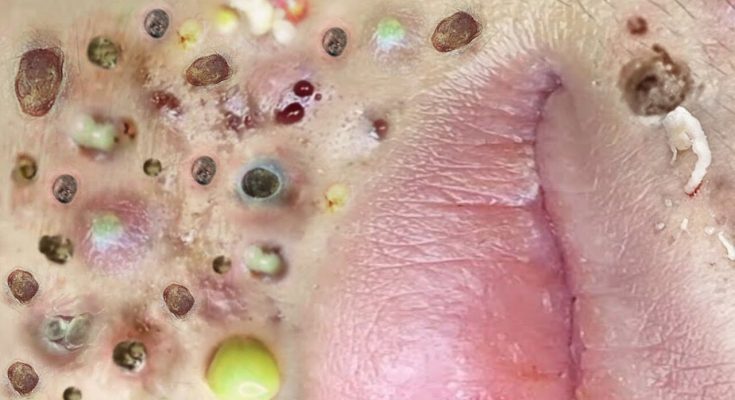Excess oil production is one of the main contributors to the development of large blackheads. People with oily skin tend to produce more sebum, which can lead to clogged pores and larger blackheads. Additionally, hormonal changes during puberty, menstruation, or pregnancy can increase oil production and contribute to the formation of larger blackheads.
Clogged pores are another factor that can lead to larger blackheads. When dead skin cells do not shed properly and accumulate on the surface of the skin, they can mix with sebum and block the pores. This can result in the formation of larger blackheads as more debris becomes trapped within the pore.
The dangers of improper blackhead removal While it may be tempting to squeeze or pick at blackheads to remove them, this can actually do more harm than good. Improper removal techniques can lead to scarring, infection, and further damage to the skin.
Squeezing or picking at blackheads can cause trauma to the skin, leading to inflammation and potential scarring. The pressure applied to the skin can also push the contents of the blackhead deeper into the pore, making it more difficult to remove and increasing the risk of infection. Additionally, when blackheads are forcefully extracted, the skin’s protective barrier can be compromised, leaving it vulnerable to bacteria and other irritants. This can result in infection and further skin damage.

